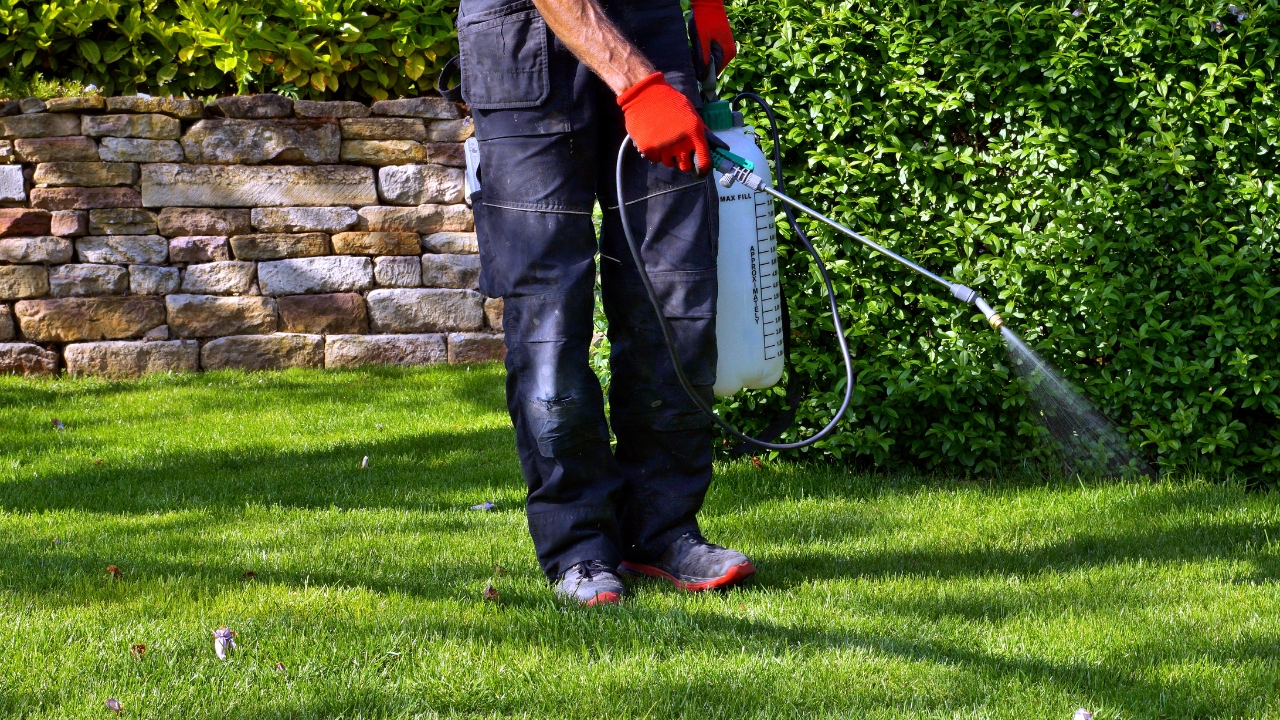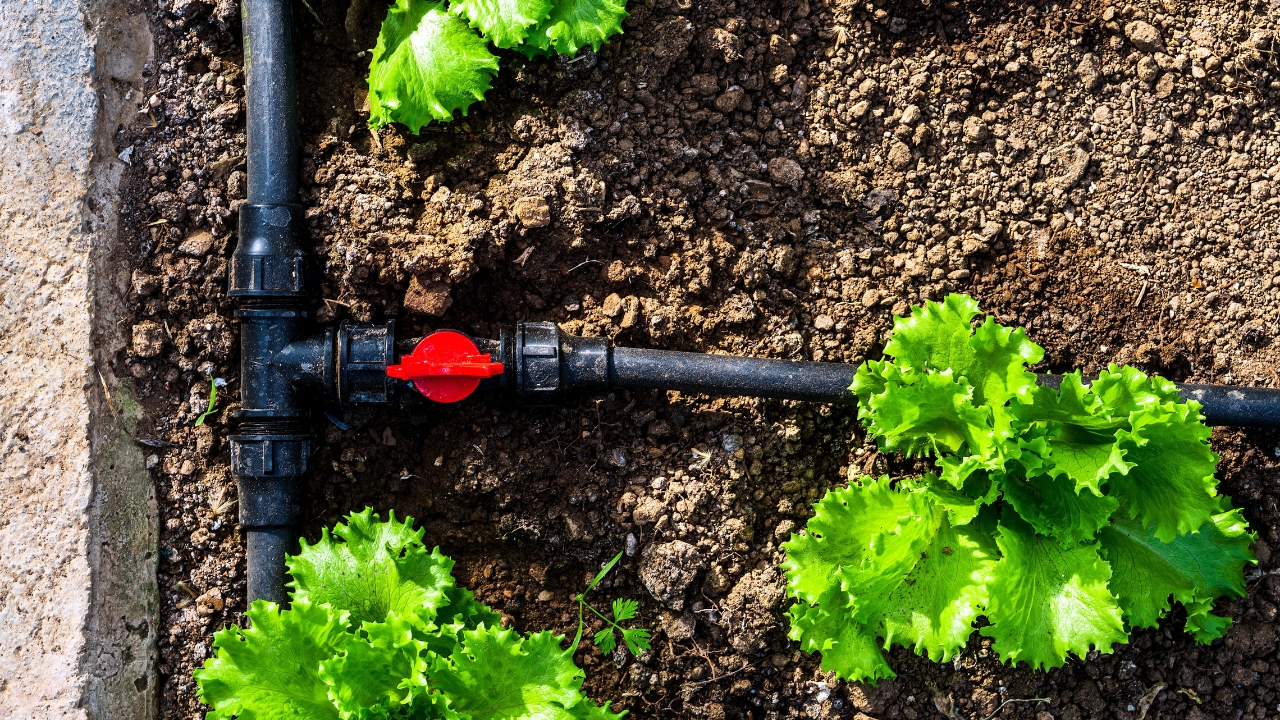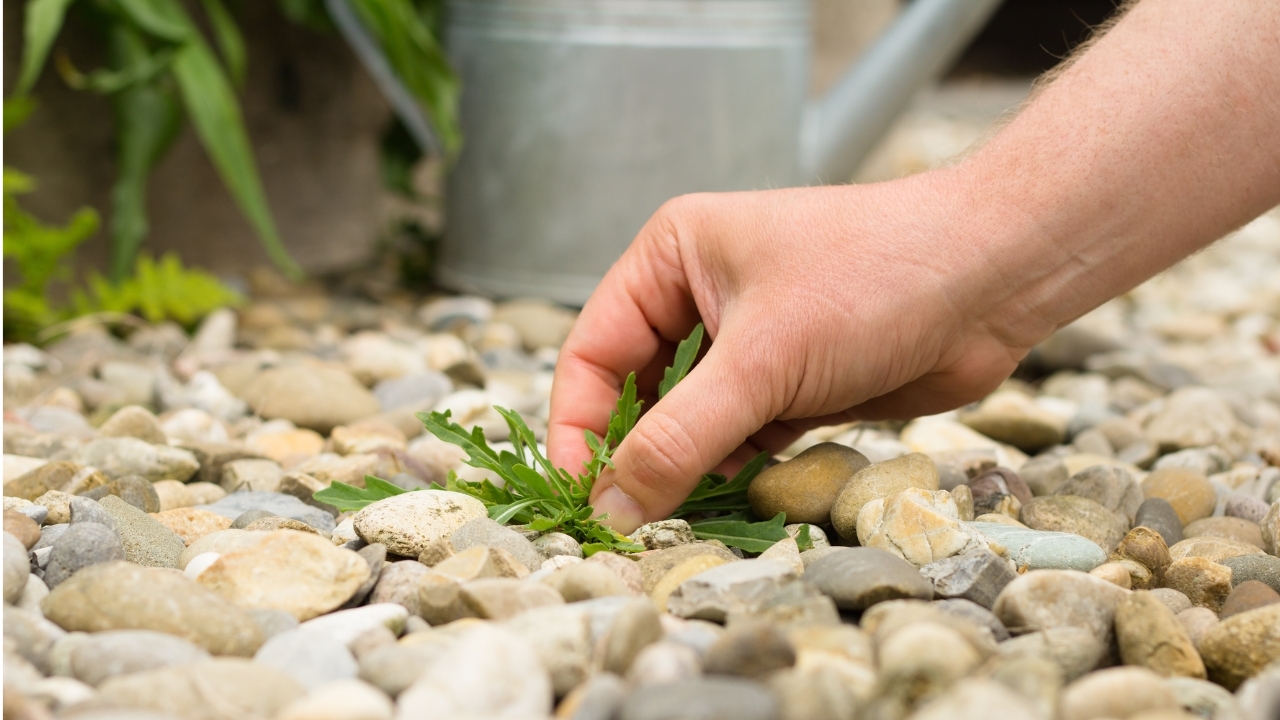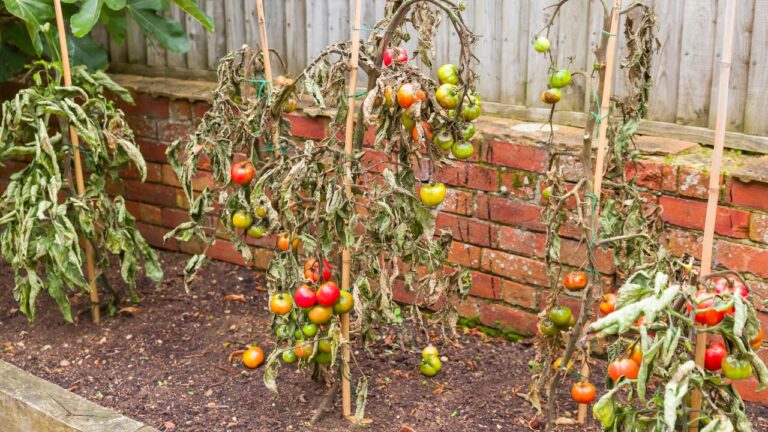12 Smart Ways to Keep Weeds Out of Your Landscaping for Good
Weeds don’t take days off—and if you’ve ever tried to stay ahead of them, you know they can outgrow just about anything else in your yard. I’ve battled them in gardens, flower beds, and even gravel driveways. It’s not about finding a magic fix—it’s about putting in a few smart systems that actually work long-term.
Over the years, I’ve figured out which tricks are worth your time and which ones aren’t. If you’re tired of pulling the same weeds over and over, these strategies will help you take control and keep your yard looking clean without constant maintenance.
Use a Pre-Emergent Herbicide in Early Spring

A solid pre-emergent in early spring can save you a summer full of frustration. It works by stopping weed seeds from germinating in the first place, which means you’ll see way fewer weeds popping up later. The timing matters—you need to get it down before the soil temps hit about 55°F.
Just don’t use it anywhere you plan to sow seeds. It’ll block those too. But around shrubs, trees, or in the lawn? It’s one of the easiest ways to cut weeds off at the pass.
Lay Down a Thick Layer of Mulch

Mulch does more than make your beds look finished—it’s one of the best tools you’ve got for smothering weeds. A 2–3 inch layer helps block sunlight, which prevents weeds from growing, and it holds moisture too, so your plants benefit in the process.
Stick with organic mulch like wood chips or shredded bark. Steer clear of the dyed stuff around veggies or fruit trees. Top it off once a year, and you’ll have a lot fewer weeds to deal with.
Don’t Leave Bare Soil Exposed

Bare patches are weed magnets. Every time you leave soil uncovered, weed seeds see it as an open invitation. They move fast and can take over before you know it.
Cover those areas with mulch, cardboard, ground cover plants, or even straw if that’s all you’ve got. Keeping your soil covered also helps prevent erosion and keeps moisture where it belongs.
Edge Your Beds to Keep Grass Out

If you’ve got grass creeping into your flower beds or garden, it’s probably because your edges aren’t cutting it. Installing a proper edge—whether that’s metal, stone, or a simple shovel trench—goes a long way toward keeping things separate.
Even a few inches of physical barrier helps slow down creeping grasses and root spreaders. It also makes mowing and maintenance easier.
Pull Weeds Early—Roots and All

Weeds don’t wait around. As soon as the weather warms up, they’re growing—and seeding—fast. Get after them early while they’re small and the roots haven’t anchored too deep.
After a rain or watering is the best time to pull. You’ll get the whole root easier, which means they won’t come back as fast. Letting them go for even a couple of weeks can turn a small problem into a full-on mess.
Water Only Where It’s Needed

Water encourages growth—yours and the weeds. If you’re watering everything with a sprinkler, you’re feeding weeds in the process. The fix? Get your water right where it needs to go.
Use soaker hoses or drip irrigation to hit plant roots and skip the rest. You’ll save water, keep your soil healthier, and slow down weed growth in the open spots. Less water where you don’t want it means fewer weeds. Simple as that.
Plant Densely

Weeds love space. If your plants are spaced too far apart, you’re giving weeds all the room they need to sneak in. One easy fix is planting densely enough that your plants shade the soil once they mature.
This not only blocks sunlight from reaching weed seeds but also helps your crops or flowers outcompete anything trying to move in. Just don’t overcrowd to the point of airflow issues—give everything enough breathing room to stay healthy.
Use Landscape Fabric Sparingly

Landscape fabric sounds like a great idea—until it turns into a mess a year or two later. It works well under gravel or rock paths, but in garden beds, it usually backfires. Weeds still pop up on top, roots get tangled in the fabric, and it makes replanting a pain.
If you use it, stick to pathways or permanent beds. Otherwise, go with cardboard or thick layers of mulch. They break down naturally and don’t leave you fighting with tangled roots and fabric scraps.
Keep Up with Mowing

Letting your lawn get too tall gives weeds a better chance to go to seed and spread. Regular mowing helps prevent that and encourages your grass to grow thick and strong. That thick turf acts like a natural weed barrier by blocking sunlight and crowding out intruders.
Don’t scalp it though—cutting more than a third of the blade at once can stress your grass and leave gaps for weeds to move in. Keep your mower blades sharp and your grass healthy.
Don’t Let Weeds Go to Seed

Every weed you let flower and seed is multiplying your problems. A single dandelion can produce hundreds of seeds, and many can survive in the soil for years. Once you see a weed start to flower, yank it out before it drops seeds.
Even if you can’t get the whole root, cutting off the flower heads helps keep the seed bank under control. It’s not about perfection—it’s about staying ahead of the spread.
Use Cover Crops in the Off-Season

If you’ve got garden beds sitting empty over the winter, throw in a cover crop. Something like clover, rye, or buckwheat will cover the soil, protect it from erosion, and smother out weeds before they get a foothold.
In the spring, you can till it in or cut it back and plant right into it. Cover crops are a cheap way to improve your soil and keep weeds out without much effort.
Stay Consistent

Weed control isn’t a one-and-done deal. It’s all about staying consistent. A few minutes a week pulling, mulching, or checking your edges will save you hours of work later on. Skip a month, and you’ll be back to square one—or worse.
Make it part of your routine. Walk the yard after dinner, spot-pull in the mornings, or set aside a weekend each season to reset things. The more regular you are, the easier it gets.
*This article was developed with AI-powered tools and has been carefully reviewed by our editors.







